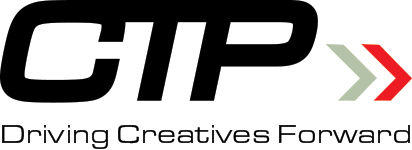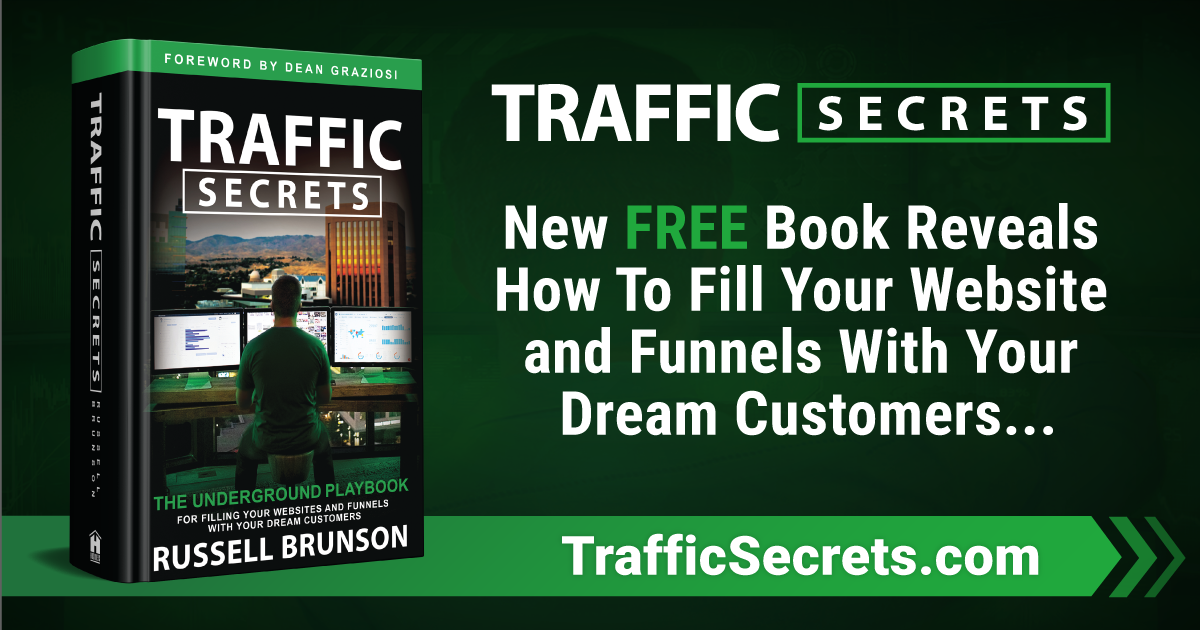5 Step Exercise: How and Why to Discover Your USP:
Unique Selling Proposition
- Bootstrapping
- Customers
- Marketing
- Learning How to Sell
- Starting a Business
- Team
- Writing
- Workshop for Graphic Designers
6 Steps to Grow Your Email House List with Aweber
The Power of Marketing Automation
Own Your Marketing Platform: Build Your Marketing Engine
How and Why to Discover Your USP Unique Selling Proposition
Why Clickfunnels is so important for Creative Professionals
Sales Funnels How and Why to Get Into the Game
5 Step Exercise: How and Why to Discover Your USP: Unique Selling Proposition: Two seemingly-competitive truths about business and marketing have stopped more startups in their tracks than nearly anything you can imagine.
Truth #1: Your product or service is not unique.
It’s nearly impossible to find a product or service that is truly “new” and “unique.” Even the iPhone, which created a multi-billion-dollar smartphone market, disrupting and creating entire marketplaces, was full of features that were available on other products that were on the market at the time.
Truth #2: Every business needs a unique selling proposition, or USP, to unlock its full potential.
Finding your USP (and being able to effectively communicate it to your current and future customers) helps you in several ways. From a marketing perspective, it helps you direct your marketing efforts towards the people who would appreciate the pros of doing business with you, not care about your weaknesses (we all have them), and have access to the money to pay you. It also helps you understand your potential market in a much deeper way so you can design your marketing messages with confidence.
Beyond marketing, knowing your USP also helps you focus on your customer as you design your products or service offerings so you invest time including features that are most important to your customers and not waste time or money on features that are not as important to your ideal customers.
Sounds important, right? So how is it possible that your product or service is not unique and every business needs a unique selling proposition to unlock their full potential?
In order to appreciate how both of these statements can be true and resolve the apparent conflict between them, it is important to appreciate the specificity with the term “Unique Selling Proposition (USP).”
USP (does not care if your product or service is unique, and assumes that it is not. USP refers only to the selling of your products or services, the reason why someone would purchase what you are selling from you. Thus, although unique product or service features are relevant and helpful, they are only one small part of the equation.
The iPhone is perhaps the most well-known example of a USP that is based in large part on the features of a product. Here are three well-known examples of USPs that have nothing to do with the company’s product or service:
- TOMS Shoes is a for-profit shoe company founded in 2006 that promises to provide a free pair of new shoes to a shoeless child in need for every pair sold. The USP is the ethical entrepreneurial model.
- Enterprise Rent-A-Car is a rental car company that will pick you up and drop you off so you don’t have to worry about getting to the rental car agency. The USP is convenience.
- Rainforest Cafe is a family restaurant that makes it look and feel like you are eating in the middle of a rainforest. The USP is the ambiance, the experience for families.
These businesses have all done extremely well in the market because they know what makes doing business with them uniquely important to their ideal customers. With that information, they are able to make better business and marketing decisions. For example, the quality of the food at the Rainforest Cafe is important, but not the most important selling point. Thus, it will likely have more success by investing more in having the best environment than the best quality food.
Although the thought of discovering your unique selling proposition might seem daunting at first, it can be as simple as asking existing customers what they like best about doing business with you or why they chose to buy from you instead of a competitor. You will likely find something that surprises you.
If you are just starting out, the following exercise can help.
This exercise requires you getting in the shoes of an unbiased customer and examining your products, services, sales, and support offerings from their perspective.
Don’t worry, like anything new, the first time you try this will be tougher than the second time because it is a new way of thinking. It will get easier over time, especially if you combine this exercise with asking new and existing customers why they do business with you.
Here is a five-step process to help you define your unique selling proposition:
- Imagine that you have been hired to make an objective presentation on doing business with three companies, yours and two competitors.
Your assignment is to present a list of advantages and disadvantages of buying your product or service from the three companies. You are not to advocate, just summarize. - Make a list of pros and cons of each product or service.
What features are unique to each of the products or services? Are the materials different? Do they function differently? How are they priced? How are they powered? Even “this is the only portable, battery-powered one on the market” is a useful unique selling proposition. Explore the features of each of the products or services. - Compare the people involved in the buying process.
Who actually delivers the products or services? Are they local? Are they uniquely trained or educated? Are there more people involved? Less people? Is it delivered digitally? - Compare after-purchase support.
How are the warranties different? Is someone available 24/7 to help when needed? Does the buyer get a direct number to customer support? Is the support local? - Compare the businesses behind the products or services.
Are any of the businesses family-owned? Employee owned? Local? International? Large? Small? Not-for-profit? Socially responsible?
In answering these questions you will likely find that each of the three businesses can boast several unique features and each of them has a USP, as well as what makes buying your product or service from you a better fit to solve a group of people’s greatest pain points.
When someone buys from you, they might get a higher-end product or better attention to detail in the services you provide. They might get a longer warranty, better service, or faster delivery. They might be buying from a family-owned business or a large, full-service company.
That information, if presented objectively to the right people, will show your target market that your offering is the right choice for them. Your USP might be one factor, such as “this is the only family-owned business offering” this combination of features or “this is the only installation service that comes with 24/7 on-call repair” or “a dedicated account representative.” That’s okay. As long as it’s unique, knowing that and being able to communicate it to the right people will help you find more happy customers!
Do you know your unique selling proposition?
If not, take a few minutes to go through this exercise and see how you can unlock your company’s full potential!
Disclosure: I am an independent ClickFunnels Affiliate, not an employee. I receive referral payments from ClickFunnels. The opinions expressed here are my own and are not official statements of ClickFunnels or its parent company, Etison LLC.


